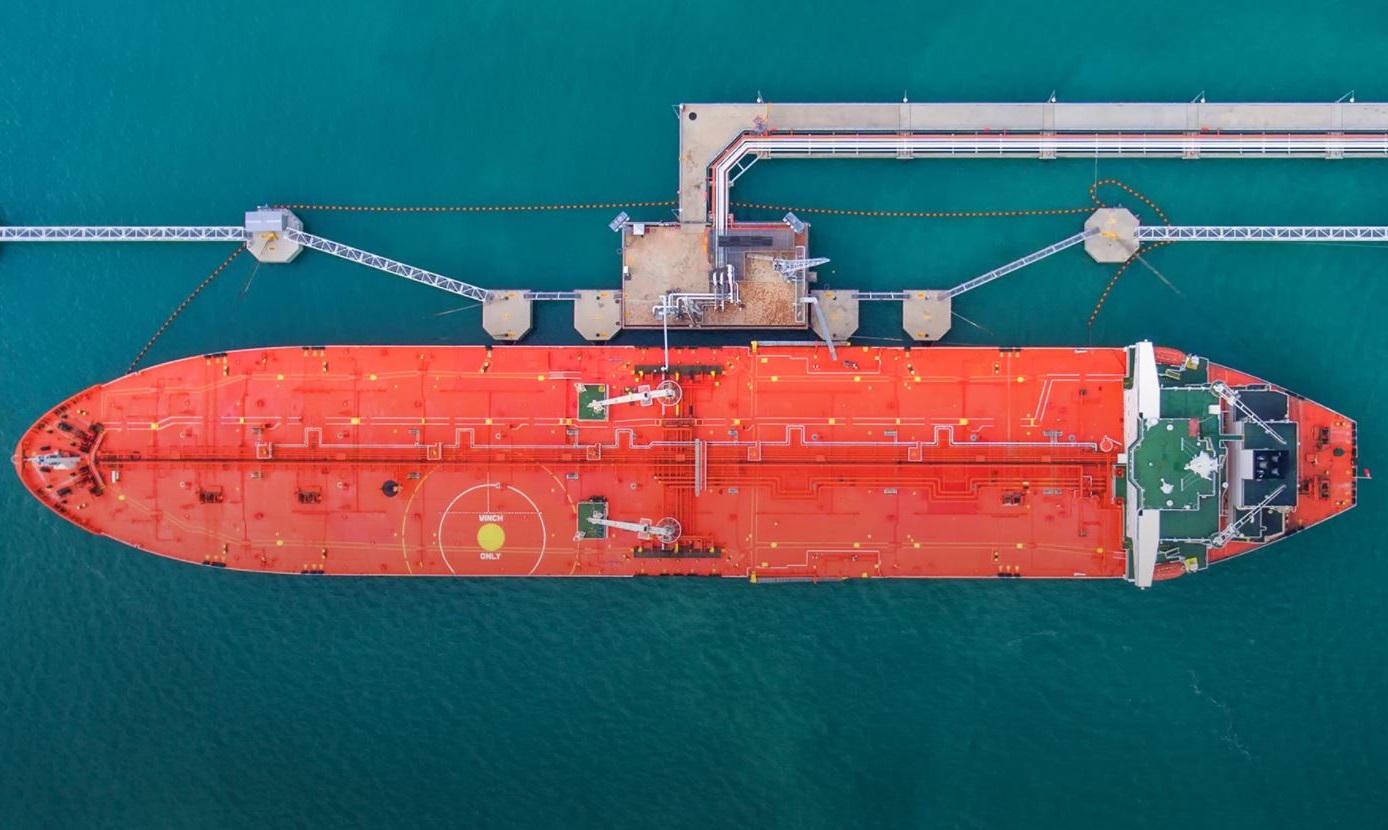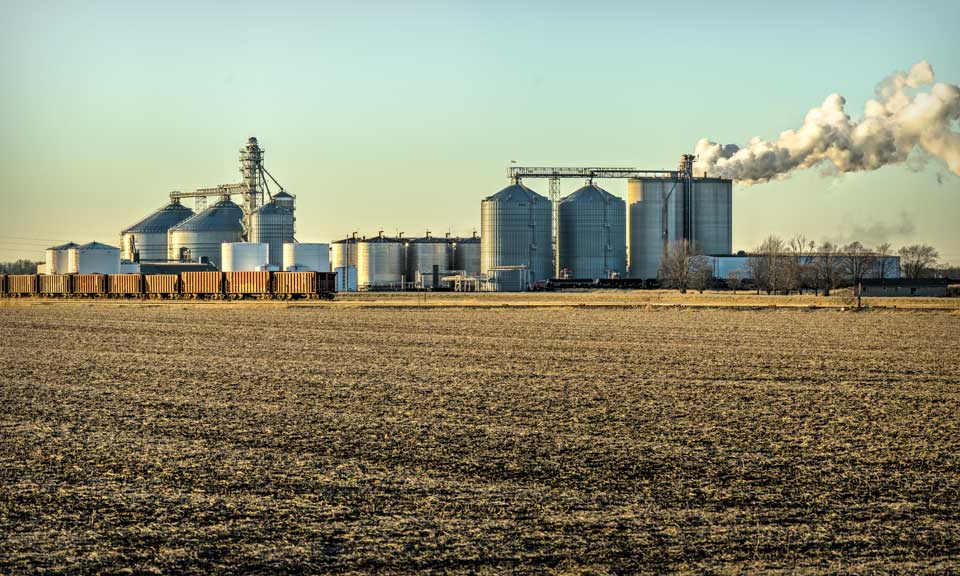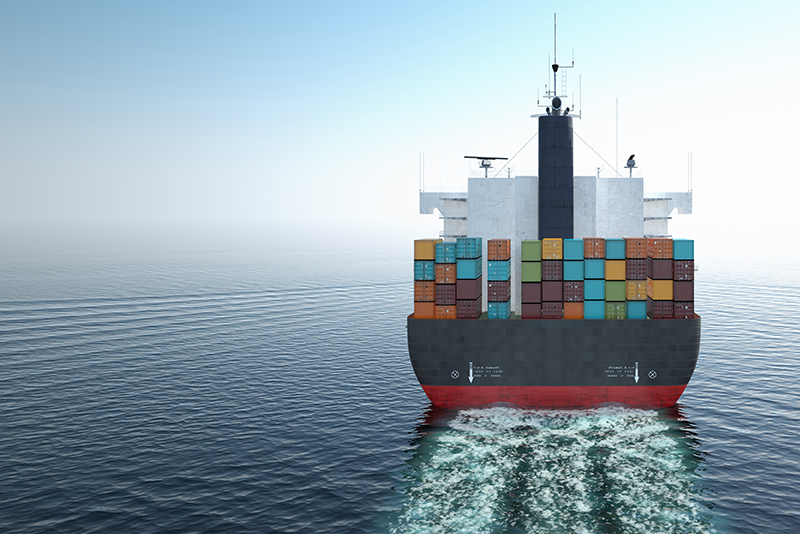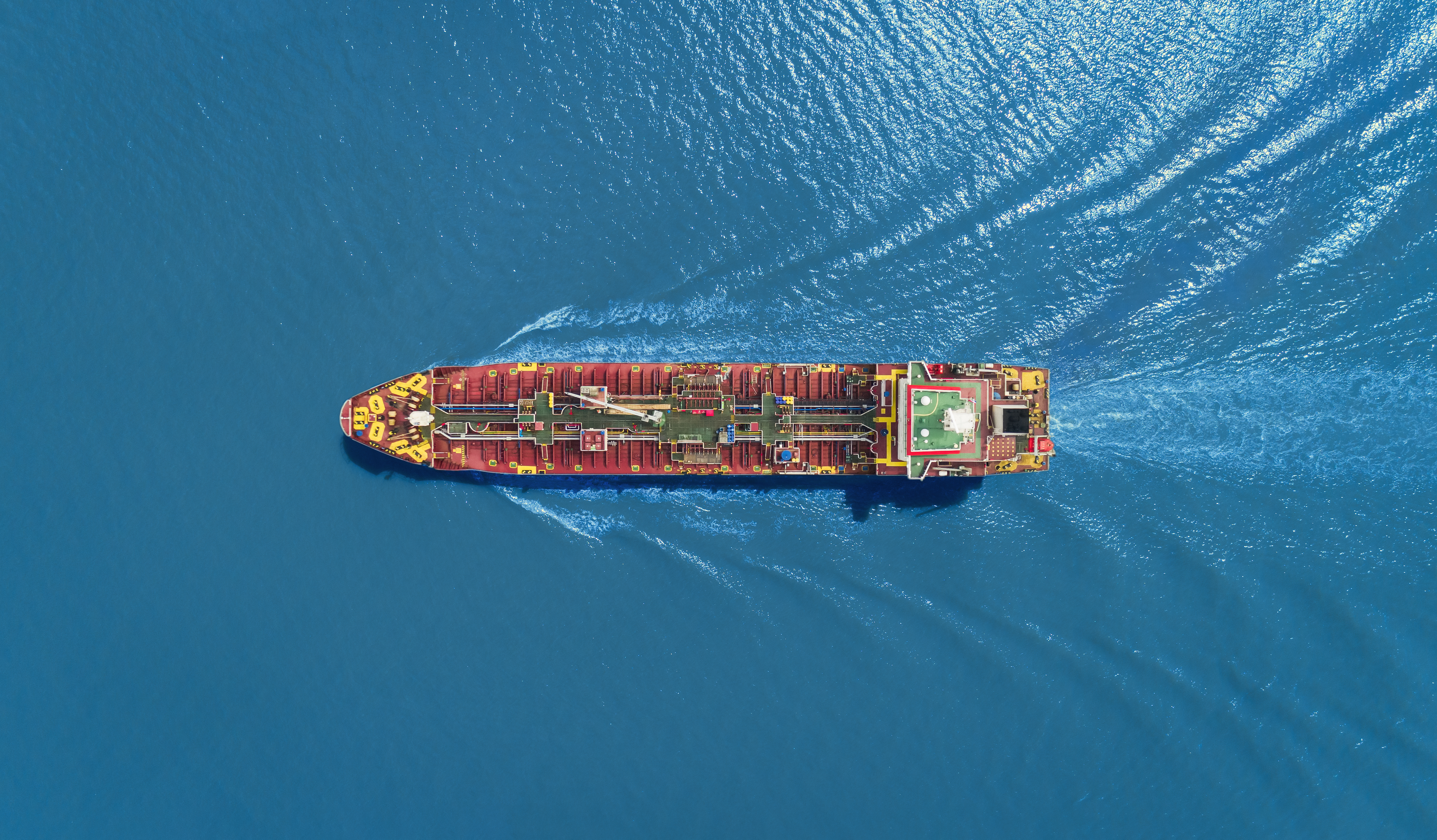Inside Fujairah: A gateway for energy and commodities in the Middle East


Thought Leadership
The price wall visualizes 258 of the most important price benchmarks assessed by Platts across various commodities from crude through to chemicals, LNG and carbon. The wall shows the price performance of these benchmarks over 2023 based on their indexed value from the first day of trading. Click on the commodity button to isolate different groups of resources to see which performed best in 2023, a year that saw dramatic changes in trade flows and demand because of sanctions and price caps on Russian commodities and a recovering post-COVID global economy. Isolate individual benchmarks by clicking on the tile to reveal a unique QR code to navigate to specific Platts methodology pages and average price data for 2022 and 2023. Click to start exploring

Thought Leadership
Freight costs are rising globally due to tightened logistics at key chokepoints like the Panama Canal and Red Sea. Recent transit restrictions at the Panama Canal sparked by drought have pushed shipowners to opt for longer voyages, resulting in tighter supply, increased costs and delayed deliveries. Follow along in the report to see the impacts of these shifts and the decisions ship operators must make when facing weeks-long delays or war-torn regions. LAUNCH REPORT
Thought Leadership
Key players in the wheat trade, India and Indonesia are headed to the polls this year, and market sources believe that the role of agricultural policies is increasingly taking center stage, especially amid a backdrop of food security concerns and inflationary pressures. Recent elections in other countries that are also heavily involved in global grain production and trade have demonstrated the rising importance of agriculture in the political sphere. The recent presidential elections in Argentina were one such striking example. Export flows of Argentinian grains, especially wheat, had dropped significantly approaching the elections as farmers reportedly held back on sales in anticipation of the then-candidate Javier Milei's pledges to remove export taxes on grains. India, a major producer and former exporter has been embroiled in talks of wheat imports for months following an El Nino-battered wheat production and several large drawdowns in wheat reserves in 2023. The country's wheat reserves have been declining as the government is providing free-of-cost food grains to keep inflation in control ahead of the elections. The government's wheat reserves have fallen to a seven-year low, while providing free-of-cost food grains to keep inflation in control ahead of the elections. As of Dec. 31, 2023, the Food Corporation of India had 16.35 million mt wheat in government warehouses, compared with 17.17 million mt a year ago. However, if India ends up allowing wheat imports after the elections it may potentially lead to a rise in global wheat prices and weigh on returns for farmers, trade sources said. On the other hand, Indonesia is one of the biggest wheat importers in the world, and its citizens will be headed to the polls in two weeks' time to elect the eighth president of Indonesia. The potential introduction of a new wheat import tariff, depending on the outcome of the elections, may potentially add on to the burden of flour millers who are faced with rising operating costs and a slow rebound in downstream demand. India India's national elections are expected to be held during April-May with local media reports indicating a comeback of the ruling dispensations. Trade sources are not expecting significant changes to the trade policies before the elections, despite concerns that El Nino may weigh on India's wheat supply. "Since farmers are a key constituency in large wheat producing states, the ruling party is not willing to risk angering them and are not engaging in talks about imports," a trader based in Kanpur, Uttar Pradesh, said. Uttar Pradesh is the largest wheat producing state and also the most populous province in the country. While traders have been asking for a cut in import duty, the government is looking at planting progress before deciding on imports, an official with the agriculture ministry said. Currently, the government levies a 40% import duty on wheat. As of Jan. 22, Indian farmers planted wheat across 34 million hectares, against 33.8 million hectares last year, the Ministry of Agriculture reported. According to government officials, allowing imports could weigh on farmers' intentions to plant wheat. The government is also unwilling to let imports weigh on farmers' returns ahead of the general elections, the official with the farm ministry added. Market participants expect India's wheat harvest to shrink in MY 2023-24 (April-March) likely poor yields despite steady sowing. The government has pegged India's wheat harvest in MY 2023-24 at 114 million mt, 1% higher on the year. On the other hand, some trade participants believe if the wheat harvest rebounds the government may take a look at allowing exports after the elections. India had blocked wheat exports in May 2022 amid rising food inflation due to poor harvest. If the output is better than expected, the government may be willing to allow exports but any significant changes to the trade policy is unlikely before the elections, a trader based in Mumbai said. Indonesia Indonesia is headed for a three-way fight in the country's upcoming presidential elections Feb. 14, with local media reports indicating that third-time candidate Prabowo Subianto and his running mate, Gibran Rakabuming Raka, who is the eldest son of Indonesia's current president Joko Widodo, continue to maintain a wide lead against the two other presidential candidates, Anies Baswedan and Ganjar Pranowo. The results of the presidential elections could have a significant impact on Indonesia's agricultural policies, as the country continues to lag behind its goal of reducing imports and achieving self-sufficiency. Notably, the Prabowo-Gibran pairing has announced their intention to introduce a number of new taxes upon election, including taxes on wheat imports. Prabowo was quoted in local media as claiming that the losses incurred from not taxing wheat imports were significant, and he further cited the examples of neighboring countries Thailand and Brunei, which tax wheat. Indonesia is one of the world's largest wheat importers, importing between 9-11 million mt of wheat annually. The latest data from Indonesia's Central Bureau of Statistics shows that the country imported 9.7 million mt of wheat between January to November 2023. Indonesia does not tax milling wheat imports, which make up the vast majority of the country's total wheat imports. Meanwhile, feed wheat imports are generally controlled by the state-owned livestock farming company, Berdikari, to protect the interests of local corn farmers. "There are definitely some concerns in the industry if wheat imports become taxable," said a source in Indonesia's flour milling industry. Additionally, there have been no indications as to what the tariff rate may be. "There's still a lot of uncertainty, so we can only wait for the final result [of the presidential elections]," added another source in the local food manufacturing industry.

Thought Leadership
Ongoing attacks on shipping by Houthi militants in the Red Sea have upended seaborne trade through the strategic waterway. Container shipping is taking the biggest hit, with many rerouting via the Cape of Good Hope significantly boosting voyage times and freight cost, while displacing regional marine fuel demand. Read more : Houthis launch biggest ever attack on commercial shipping in Red Sea (subscriber content) View full-size infographic